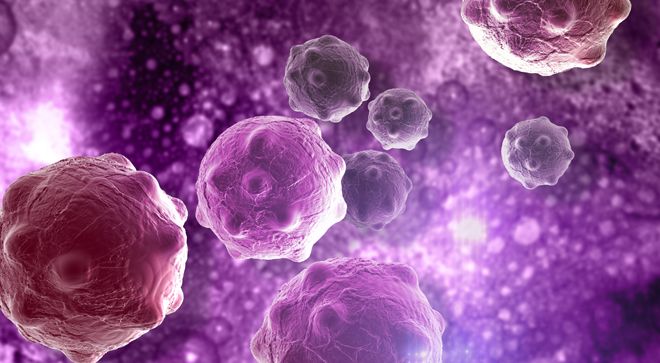Article
Frozen Stem Cell Grafts Linked to Higher Relapse Rates in Blood Cancer
Author(s):
Cryopreserved stem cells led to a higher rate of relapse in patients with blood cancer, though there was no difference in survival, research showed.
One-year disease-free survival was lower in the group that received frozen stem cells, because there was a higher risk of relapse.

At the start of the COVID-19 pandemic, the National Marrow Donor Program declared that cell grafts for hematopoietic stem cell transplantation must be frozen via a process called cryopreservation. However, recent research showed that patients with blood cancer who received these cryopreserved cells tended to have a higher rate of relapse than those who received fresh cells.
“Delivery following conditioning could not be guaranteed due to logistical challenges posed by travel bans, flight delays, cancellations and rerouting of couriers,” the researchers wrote, explaining why the decision was made to mandate cryopreservation. “Moreover, donors were at risk for SARS-CoV-2 infection, necessitating last-minute cancellation of graft collection.”
Of note, though, there was no difference on overall survival (the time from treatment until death of any cause) between the two groups, according to the study findings, which were published in the journal Blood Advances.
Stem cell transplant is a common treatment for multiple types of blood cancers. It involves taking healthy stem cells (which work to form blood) and infusing them into patients with cancer.
READ MORE: ‘Getting Close’ To Making Stem, Bone Marrow Transplants Safer for Patients With Blood Cancer
The study researchers compared the outcomes of 1,543 recipients of cryopreserved allografts to the outcomes of 2,499 recipients of fresh allografts. There were no major differences observed in one-year overall survival rates (74.6% and 76.9%, respectively), death not related to disease relapse or graft-versus-host disease (GVHD)-free survival.
However, one-year disease-free survival (the length of time patients live after treatment without signs or symptoms of their cancer returning) was lower in the group that received frozen stem cells, because there was a higher risk of relapse.
The one-year disease-free survival rate was 63.2% in the cryopreservation group, compared to 66.9% in the non-cryopreserved group, which the researchers found to be a statistically significant difference, meaning that the difference between the two groups could not be explained by chance or other factors.
Patients in the cryopreservation group also had a higher rate of primary graft failure, which is when there is no evidence of the graft taking to the recipient’s body (including blood count recovery), though there also is no evidence of disease relapse, according to the National Institutes of Health.
“We did observe a negative impact of cryopreservation on the risk of primary graft failure and risk of relapse that translated into lower one-year (disease-free survival), but the absolute difference in (disease-free survival) between the two groups was small,” the researchers wrote. “Considering the widespread impact of the Omicron variant surge, as well as the possibility of future COVID-19 waves, these data provide some reassurance to (hematopoietic stem cell transplant) clinicians and patients that cryopreservation poses no risk of major clinical compromise in outcomes when necessary to safeguard the provision of donor allografts.”
Patients who received cryopreserved allografts, however, did experience a lower rate of chronic GVHD.
“In conclusion, while there was no negative impact of cryopreservation on (overall survival), relapse was higher and (disease-free survival) was lower,” the researchers wrote. “Fresh grafts are recommended as the pandemic related logistical hurdles resolve. Cryopreservation should be considered an option for patients when fresh grafts are not feasible.”
For more news on cancer updates, research and education, don’t forget to subscribe to CURE®’s newsletters here.




